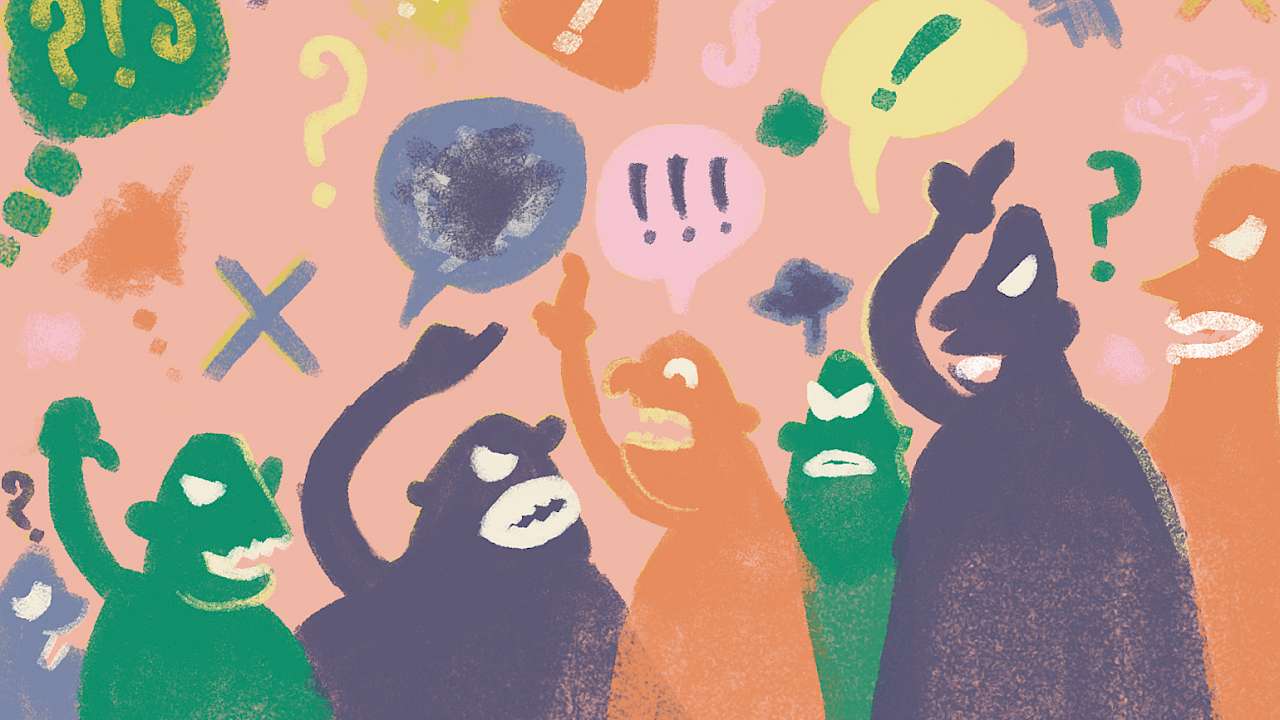1. There is clearly a myriad of factors that determine whether or not a group succeeds. What is the most influential?
Interestingly it’s what psychologists call ‘sabotage’ – an individual’s deviant behaviour, which can come in three forms: destruction, where deliberate actions impinge on success; inaction, where lack of motivation affects success; and wastage, where a person’s effort is misplaced. Terrorists’ erroneous efforts to maintain security are a good example of wastage.
An intervention that enhances this behaviour may serve to impede group success.
2. Are there common mistakes people make when trying to judge how well a team is getting on?
One thing that’s often overlooked is the multidimensional nature of cooperation and competition among group members. It’s very easy to say ‘these two get on’ or ‘don’t get on,’ but relationships are richer than that. Take conflict. Terrorists within a cell may argue about the details of their intended attack or they may argue about who is in charge.
Conflicts around task-related issues can sometimes help groups be more successful. Conflicts around relational dynamics rarely help and often hinder.
If I wanted a group to fail, I’d place more faith in an intervention that caused relationship friction.
3. Can we be sure that these interventions will help groups fail?
No. Disruption can often cause more harm than good. What’s often forgotten is that once formed, the interpersonal dynamics within a group create a ‘stable equilibrium’ in performance, regardless of whether or not this is optimal. This equilibrium is then only punctured when an environmental trigger prompts a change.
It’s very easy to say ‘these two get on’ or ‘don’t get on,’ but relationships are richer than that.
Interventions on groups who are somewhat dysfunctional or functional but predictable must therefore be considered carefully. The shock created by the intervention may promote a change that leads to a more effective group that is harder to investigate.
4. Will we ever have a nice formula for determining how best to disrupt a group?
No. But we can use evidence-based generalisations to guide planning. Some of these have existed for a long time. For example, the anthropologist Robin Dunbar proposed a theoretical ‘Dunbar’s number’, which is the number of stable interpersonal relationships a mammal can maintain given its thinking capacity.
In humans, it’s believed to be about 150. Critical to disruption is the implication of this theory, which is that terrorists with many connections will have less cognitive resources to use elsewhere.
It suggests that those at the centre of large attack networks are less likely to be actors (but might be facilitators), so whether they are the primary target (for an intervention) will depend on whether you want to disrupt the network, or catch the actors.
5. So, being part of a large terrorist group is not necessarily a good thing?
That’s exactly right. Indeed, psychologists have known this about groups for quite some time. Small groups tend to build strong and deep social ties that create a social cohesion that elevates their performance. Larger groups struggle to maintain this cohesion and sense of a singular ‘in-group identity’.
Indeed, at least in the short term, one of the fastest ways to limit the productivity of a group is to ‘merge’ them with another group. In this situation, ‘relationships’ and ‘identities’ need renegotiating – though in the longer term the extra diversity in skills it brings can make for a more effective group.
6. I recently read something on ‘nudge theory.’ Is that relevant here?
Yes, it is. It’s easy to think that the best way to disrupt a group is to hit it hard. However, there’s a lot of evidence to suggest that lasting change follows small nudges (e.g. suggestions, seeds of doubt) rather than hard shoves (e.g. arrest).
In particular, ‘nudging’ is attractive because it appears to be effective irrespective of how engrained a person’s behaviour, or how developed a group’s cohesion. Nudges slowly engender a motivational change within the person (i.e. they personally make the decision to change).
Lasting change comes about following small nudges (e.g., seeds of doubt) rather than hard shove.
By contrast, changes externally imposed on a person are generally resisted, or at best they produce short-lived differences. Lasting change comes about following small nudges (e.g. seeds of doubt) rather than hard shoves’
7. What’s the primary lesson you would like to pass on about disrupting groups?
That fear of failure is a major inhibitor of goal achievement. Ironically, young children often outperform adults on novel team tasks because they lack this fear. Children just ‘try things’ until they find something that works.
From an intervention point of view, this means that it may be possible to magnify the natural factors that impede group progress by enhancing the perceptions that people often fail (e.g. through rumours).
Copyright Information
As part of CREST’s commitment to open access research, this text is available under a Creative Commons BY-NC-SA 4.0 licence. Please refer to our Copyright page for full details.
IMAGE CREDITS: Copyright ©2024 R. Stevens / CREST (CC BY-SA 4.0)








